Taj, Tigers, Temples & Rajasthan's Palaces
- Return flights from London
- 13 nights in 4 and 5-star and heritage hotels plus 1 night in flight
- 13 breakfasts, 5 lunches, 13 dinners and welcome drink
Mon-Fri: 0900 - 1800
Sat: 0900 - 1700
Sun & BH: Closed
Explore the wonders of the west on a holiday that includes both a luxurious journey on the Rocky Mountaineer train and an unforgettable Alaskan cruise.
Iconic cities, famous landmarks and natural wonders are waiting to be discovered as you journey from Melbourne to Brisbane.
The Society’s archives comprise over 2,000 items specifically relating to the historical geography of Indonesia, dating from the 17th century to the present day. Highlights include Dutch Portolan charts thought to date from the 1670s by the cartographer J. W. Blaeu and drawings and watercolour paintings by Lucy Evelyn Cheesman, an entomologist and first female curator at London Zoo, who made eight solo expeditions to Pacific islands between 1924 and 1952, visiting the island of New Guinea in the 1930s.
In the footsteps: Alfred Russel Wallace| In the footsteps:Edith Beatrice Gibbes | In the footsteps: Foley Charles Prendergast Vereker
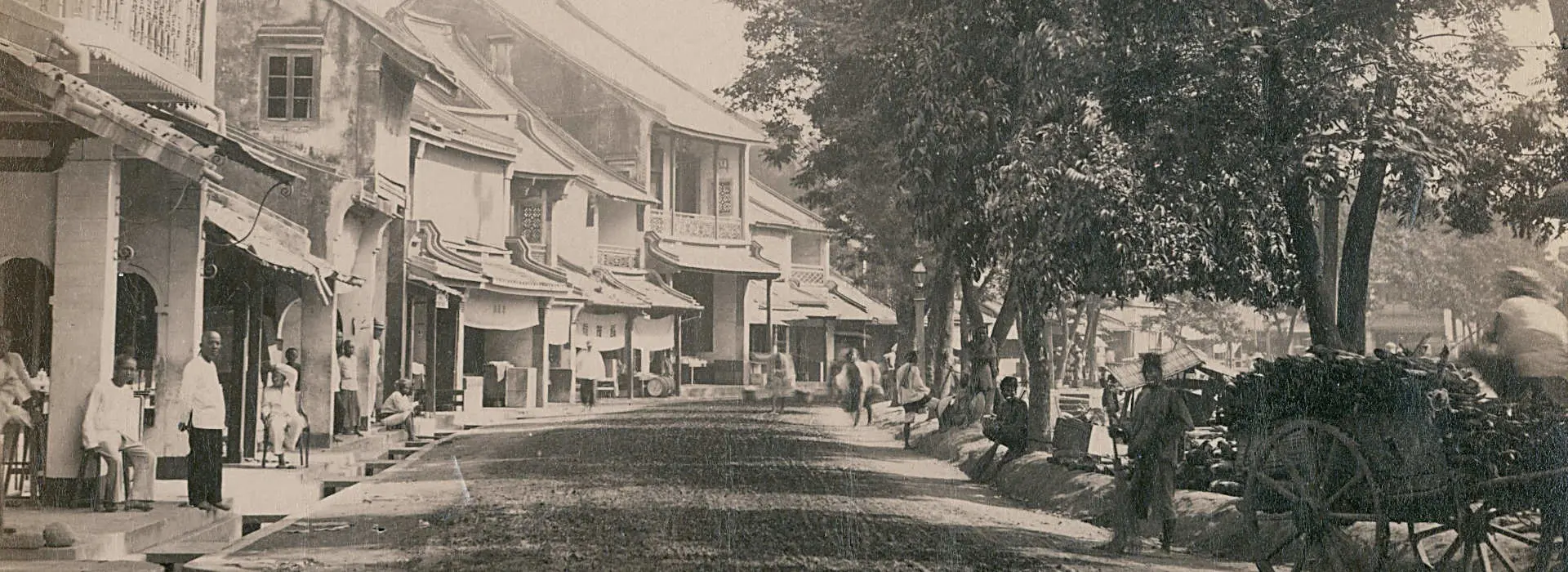
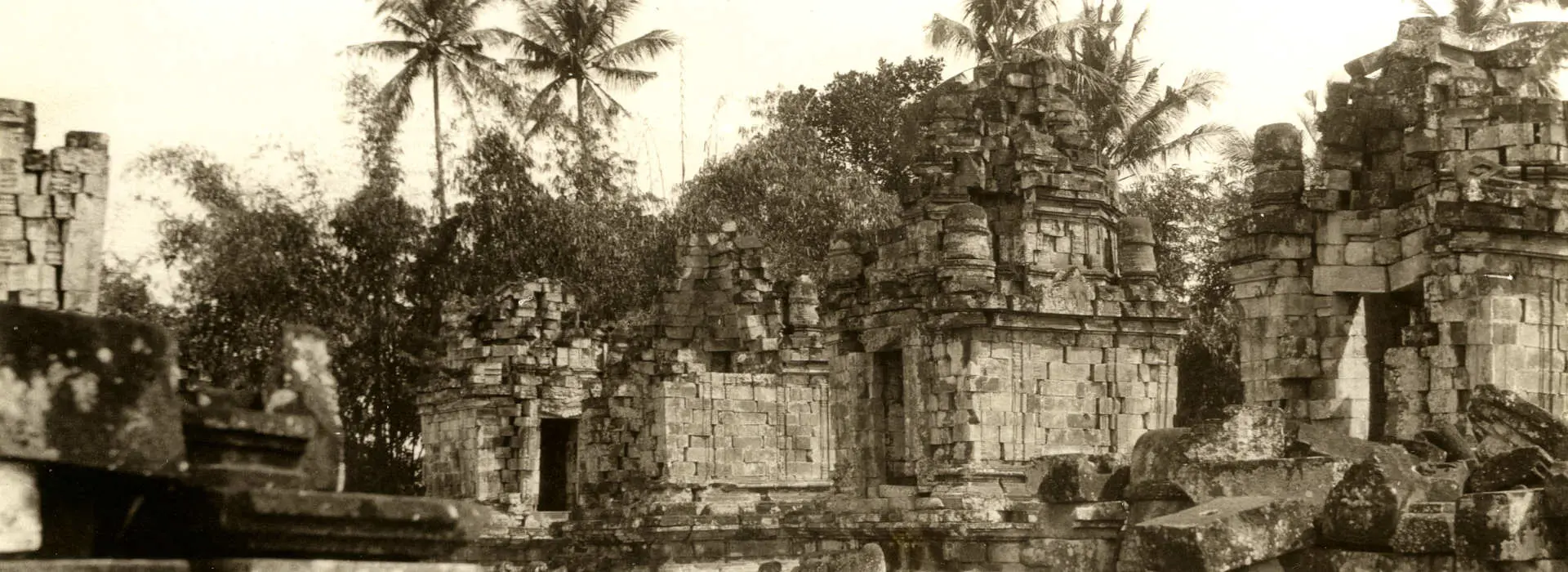
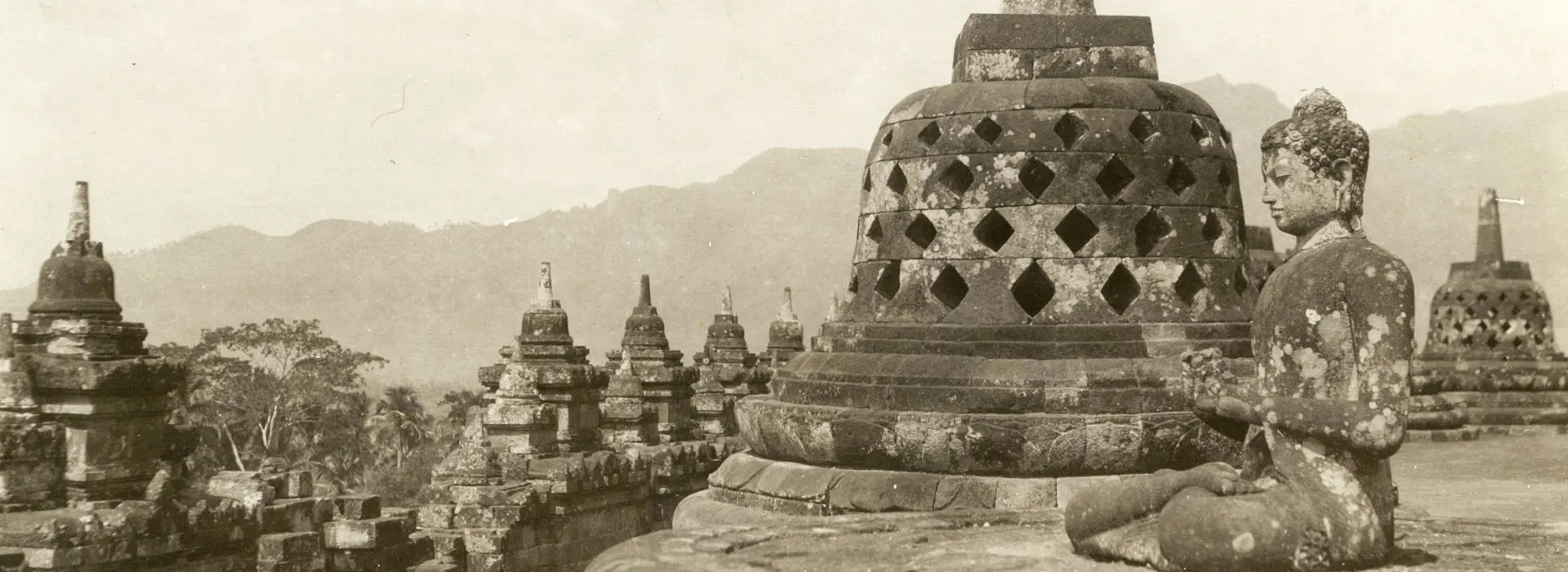
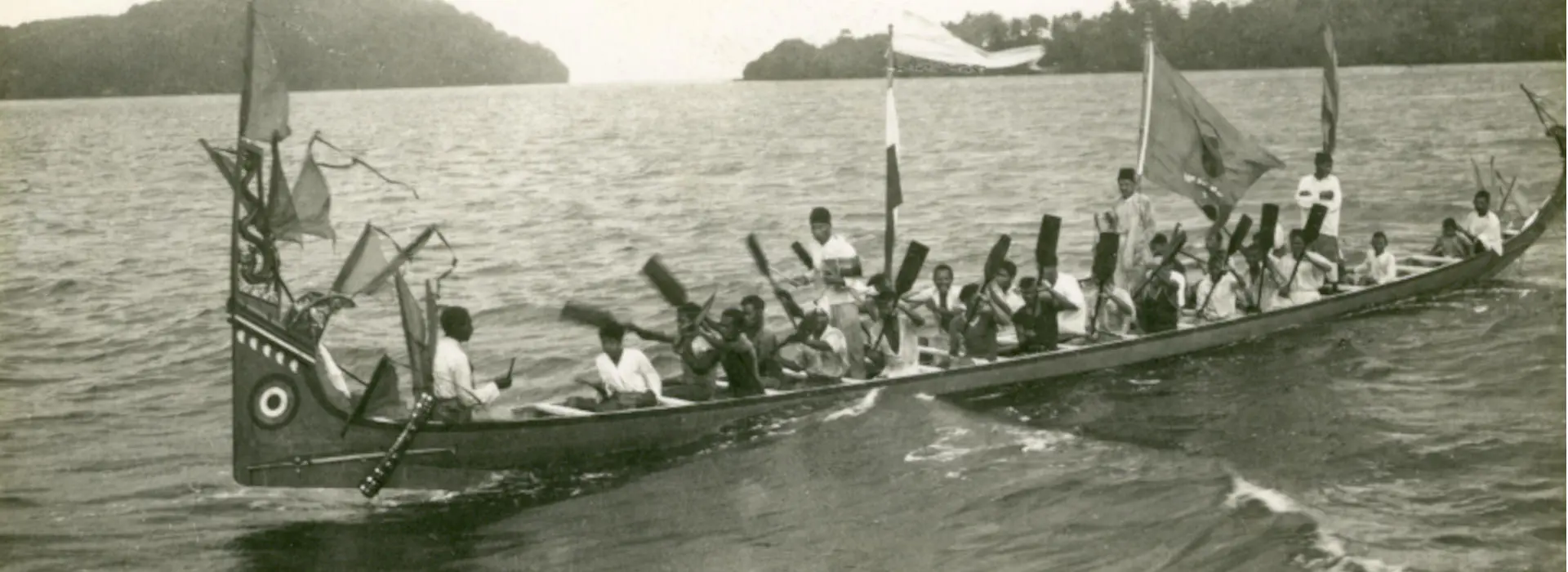
Alfred Russel Wallace was a British naturalist and a contemporary of Charles Darwin and is best remembered for being the co-discoverer of the theory of natural selection.
In 1854, Wallace embarked on an expedition to ‘The Malay Archipelago; the Land of the Orang-utan and the Bird of Paradise’ (the islands of Indonesia, East Malaysia, New Guinea and Brunei). He travelled 14,000 miles around the archipelago and is said to have visited every ‘important’ island at least once. He is believed to have collected in the region of 126,500 natural history specimens, including more than 200 new species of birds and over 1,000 new insect species. On his return he wrote, The Malay Archipelago; The Land of the Orang-utan and the Bird of Paradise which is one of the most celebrated books of the region.
During his travels in the archipelago, he formulated a theory of evolution through natural selection and in 1858 sent a paper outlining his theory to Charles Darwin, who had been working on the same theory for the past twenty years. The ideas of both Darwin and Wallace were presented later that year at the Linnean Society. This spurred Darwin in to writing his famous publication on the theory of evolution, ‘On the Origin of Species’, which was published a year later. Despite his visionary work, Wallace was often overshadowed by the greater fame of his contemporary.
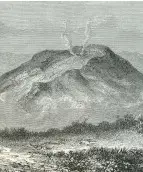
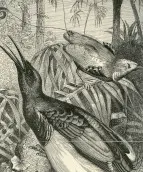
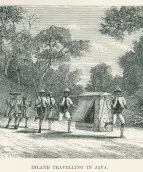
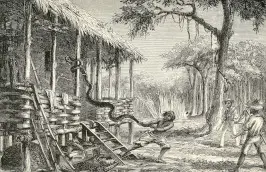
Selection of illustrations from Alfred Russel Wallace’s ‘The Malay Archipelago: the Land of the Orang-utan and the Bird of Paradise’.
Edith Beatrice Gibbes was born in London in 1879. She spent her early life in south-east England before emigrating to San Francisco, United States of America. Gibbes, described as ‘a lady whose main interests are music, gardening and travel’, set off on a world tour in 1905-1906, visiting Australia, Tasmania, Japan and the United States of America.
In 1910 she set off on further travels to West Australia, Java, Borneo and Burma. She spent several months on the island of Java, visiting the site of Borobudur, a large Buddhist monument situated in central Java, Prambanan, the largest Shiva temple in Indonesia and also the volcanic crater of Mount Bromo. With a keen interest in geography and travel, Gibbes was elected as a Fellow of the Royal Geographical Society in 1922. She was a prolific photographer and accumulated a vast collection of imagery during her travels. Her photographs, donated to the Royal Geographical Society in 1943, provide a valuable visual record of many parts of the world at the beginning of the twentieth century.
Foley Charles Prendergast Vereker joined the Royal Navy in December 1863, aged 13. He began service at the Royal Navy’s Pacific Station before joining the surveying branch in 1868 as Midshipman on HMS Nassau, where he charted the Magellan Strait. Vereker was an accomplished artist and compiled beautifully illustrated logbooks containing watercolours and accounts of the places he visited during his tours.
After obtaining the rank of Commander in 1881, Vereker took command of his first ship, HMS Magpie, surveying in the Sunda Strait and North-east Borneo coast. On 27 August 1883, whilst surveying off the coast of Borneo, Vereker heard the explosive volcanic eruption of Krakatoa, approximately 1,000 miles away. By October, the Nassau had reached the Sunda Strait, between the islands of Java and Sumatra, and discovered the destruction of the volcanic island. In his logbook, Vereker describes the devastating effect on the surrounding islands and the enormous tsunamis that followed, causing the death of over 36,000 people.
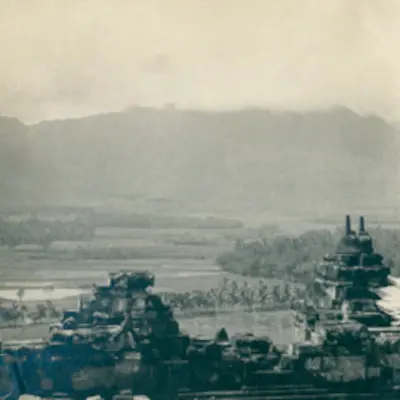
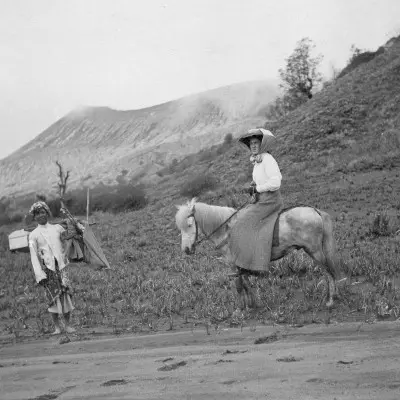
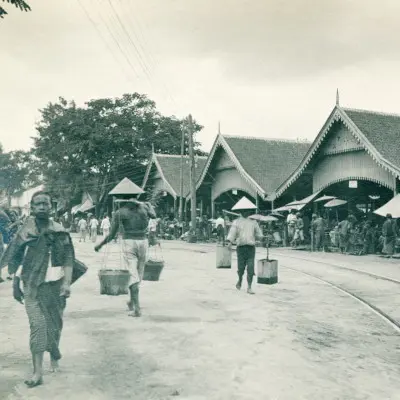
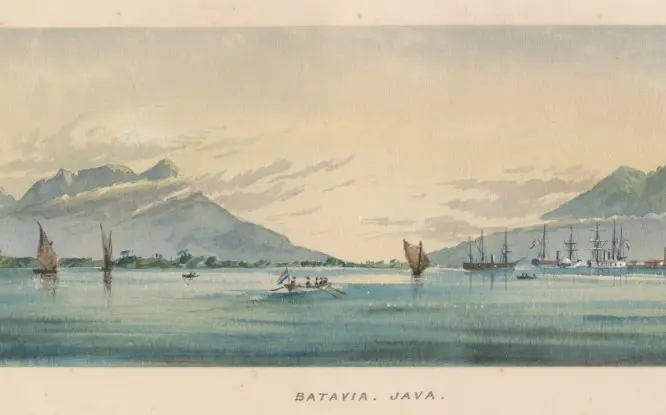
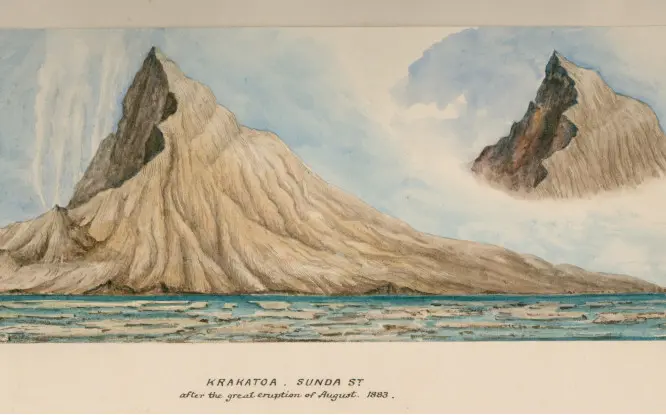
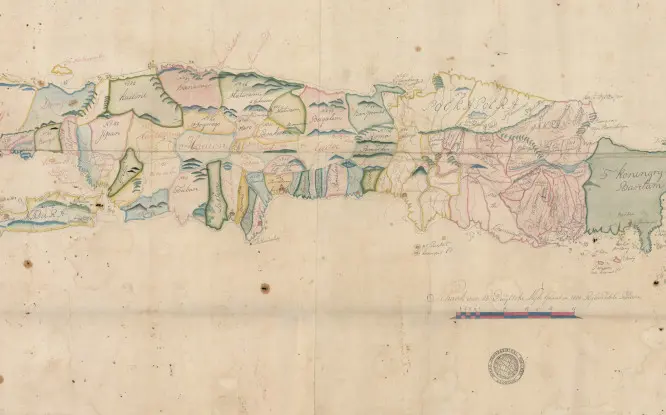
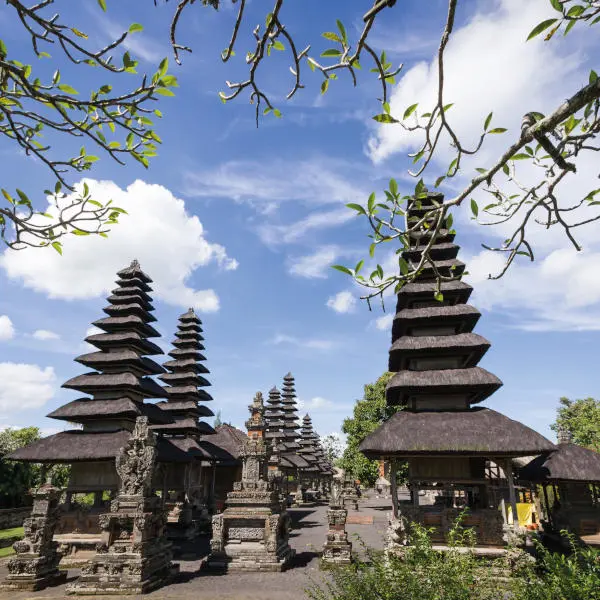
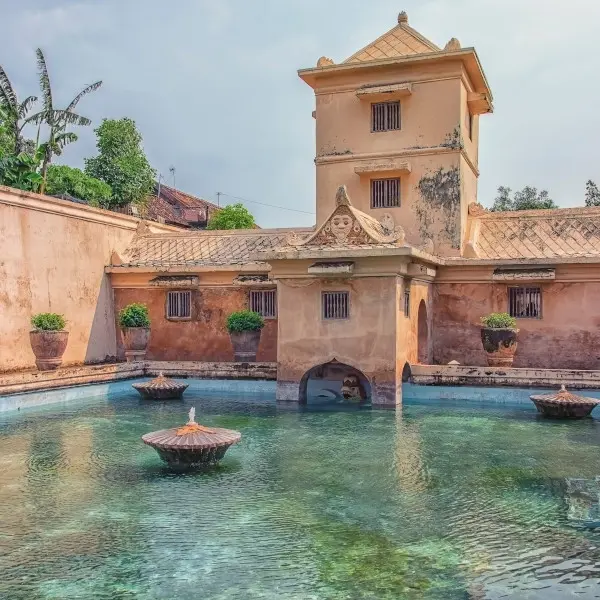
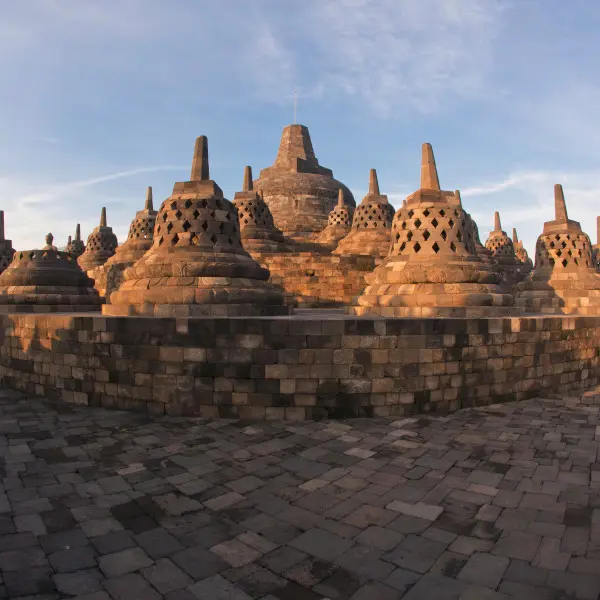
Discover the incredible diversity of Indonesia as you journey through Java and Komodo before unwinding in beautiful Bali
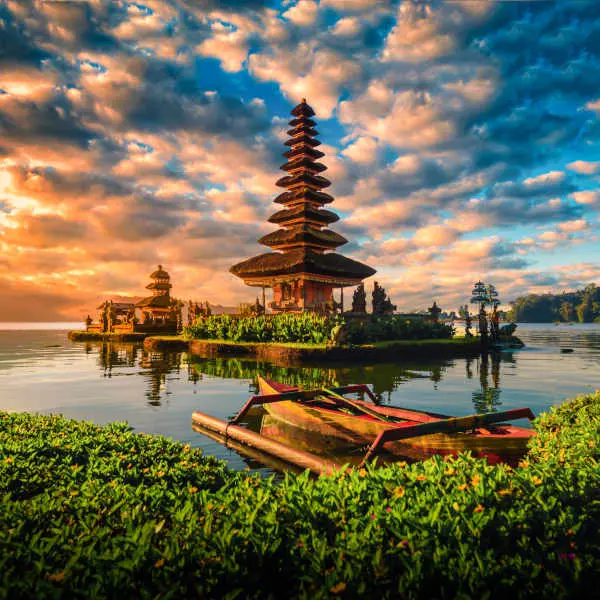
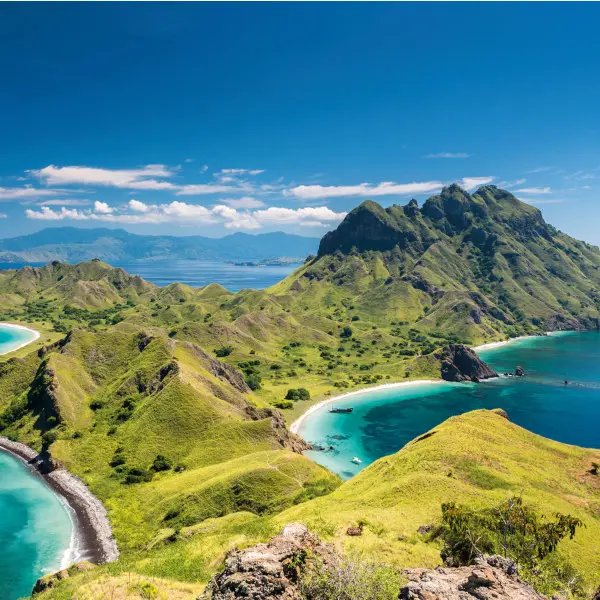
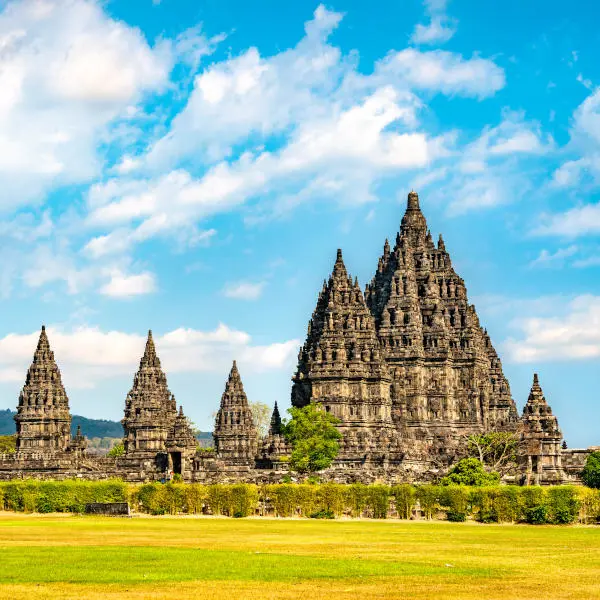
Discover the incredible diversity of Indonesia as you journey through Java and Komodo before unwinding in beautiful Bali with time to explore at your own pace.


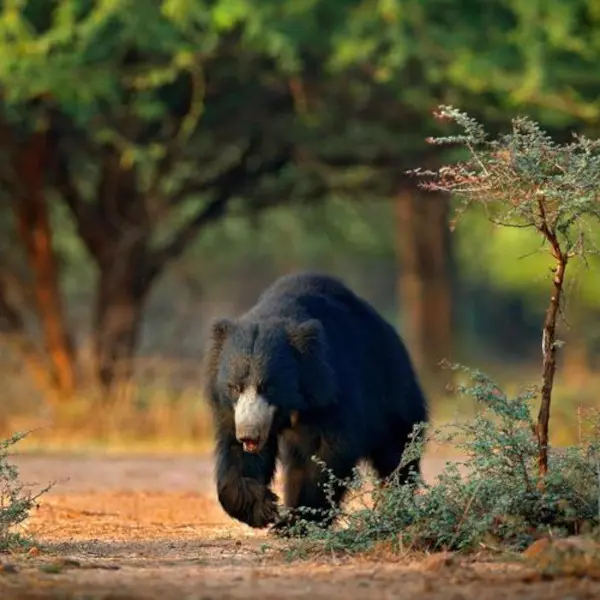
Discover India's diverse landscapes, from historic temples built by ancient dynasties to the forests where Bengal tigers roam freely.
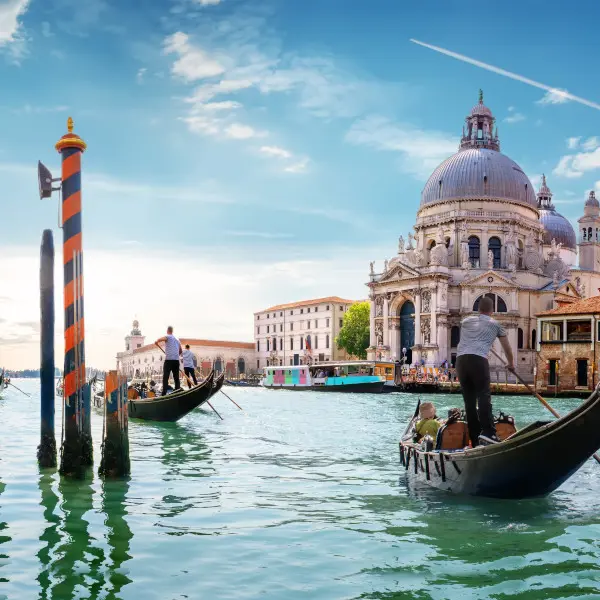
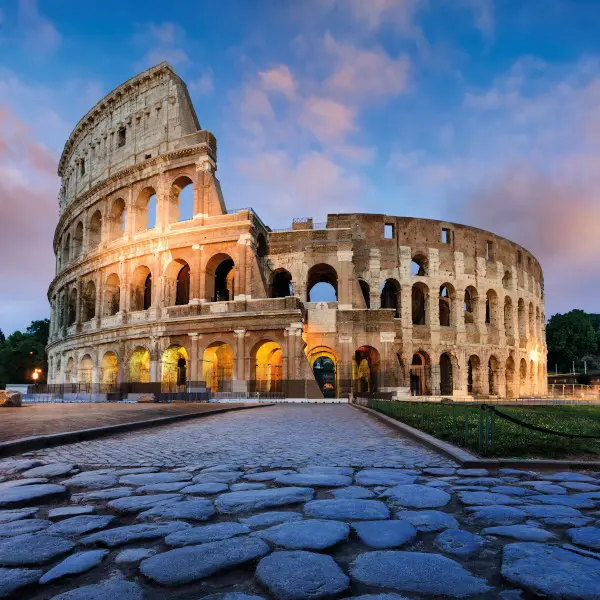
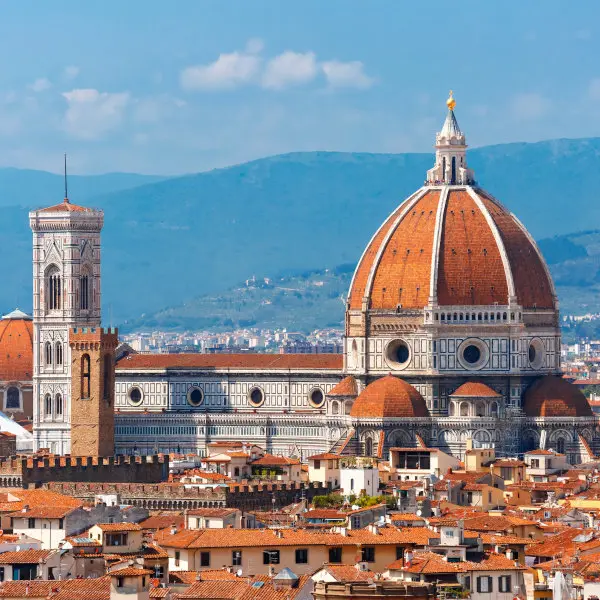
Part of the Royal Geographical Society collection, travel from top to toe and explore Italy’s famous landmarks. Visit iconic cities Venice, Florence and Rome and discover the hidden gems of Pompeii, Sicily and more.
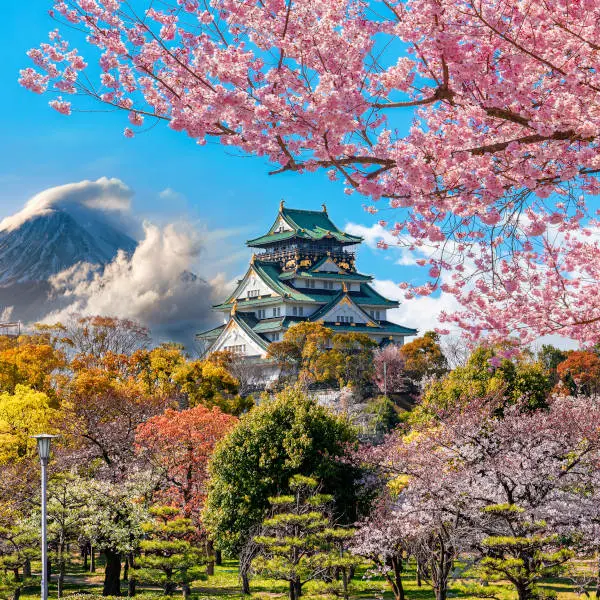

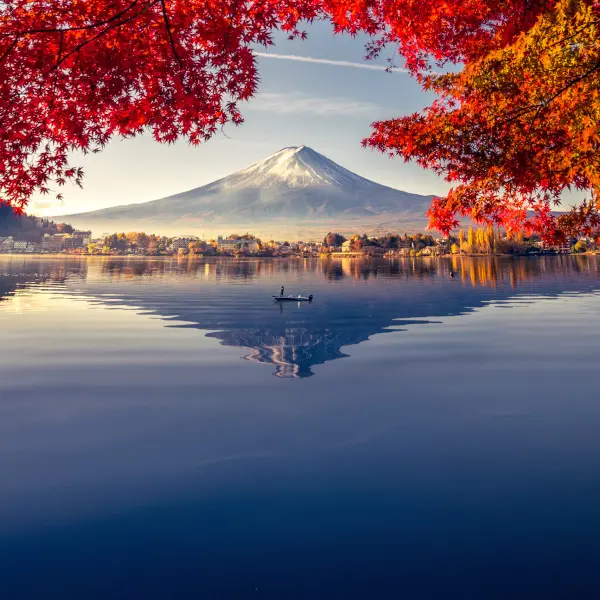
From Tokyo to Kyoto, Osaka and beyond, discover the unforgettable highlights of Japan including an incredible high-speed ride on the Bullet Train.
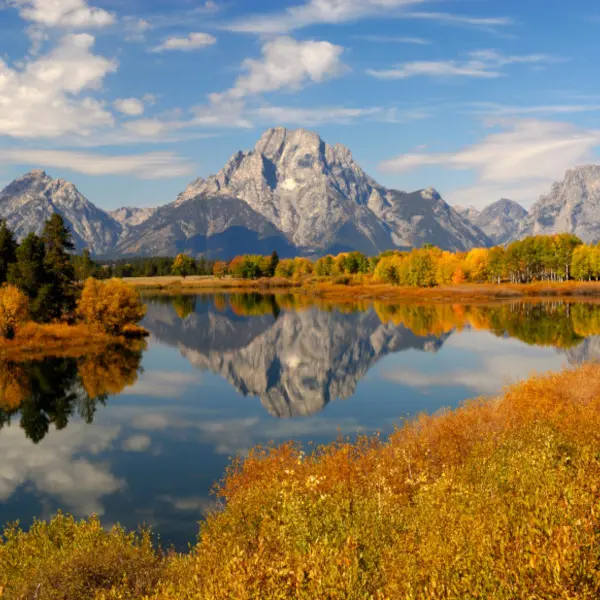
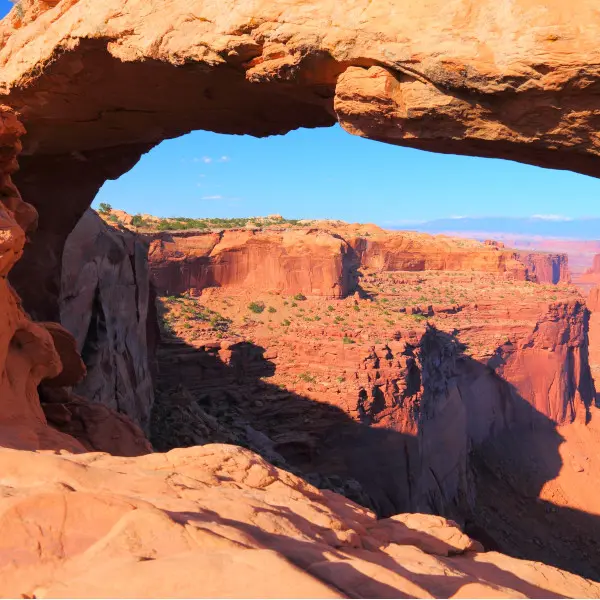
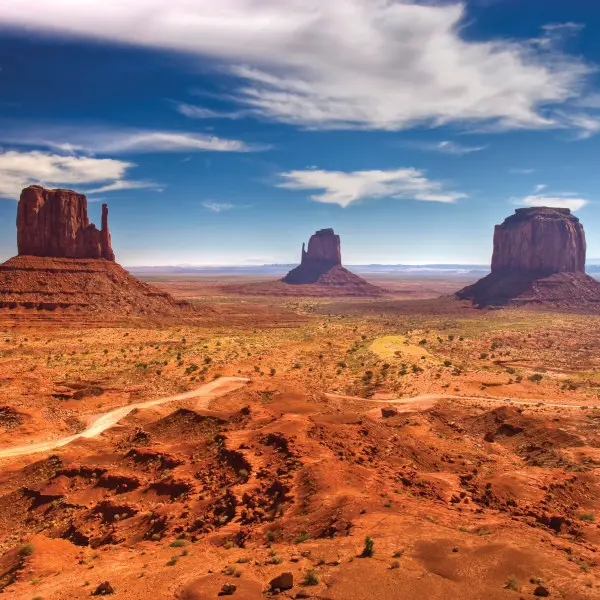
Venture through seven states and be mesmerised by the breath-taking and diverse scenery on this Royal Geographical Society tour to Americas National Parks.
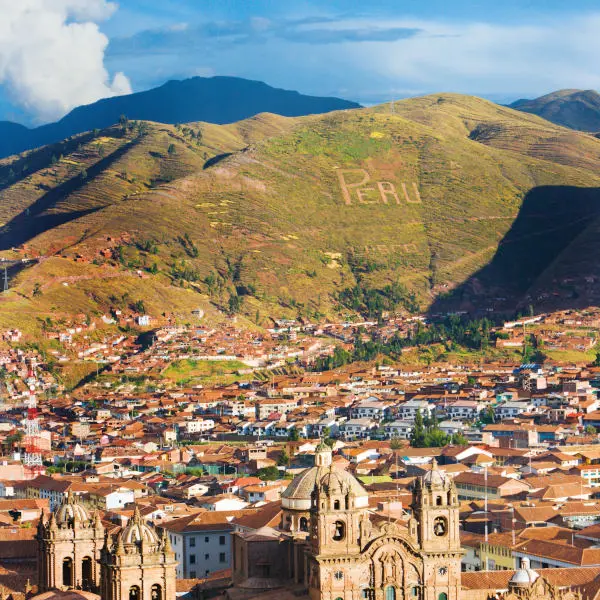
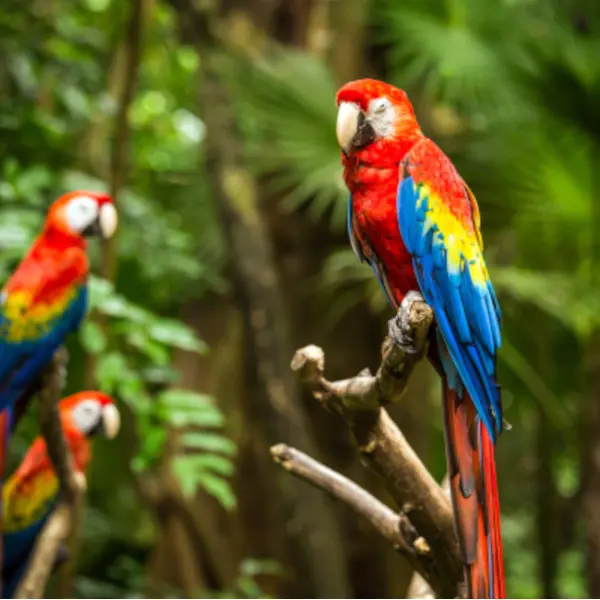
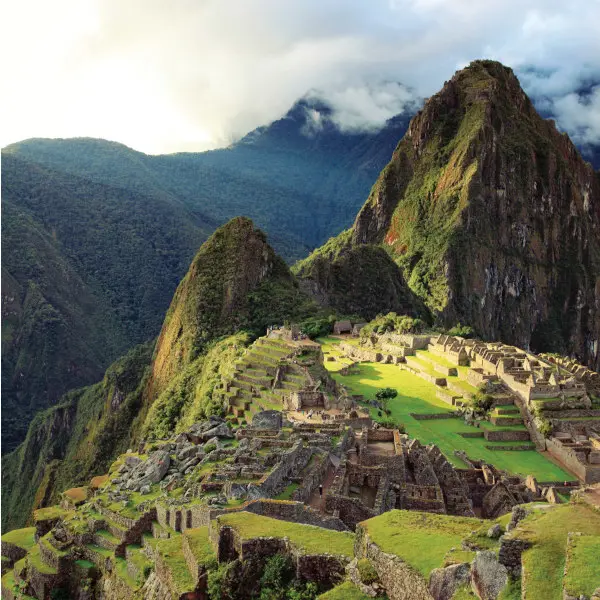

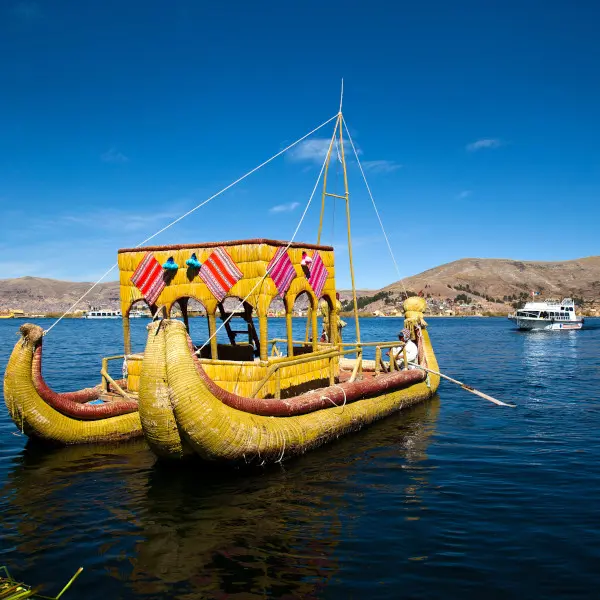
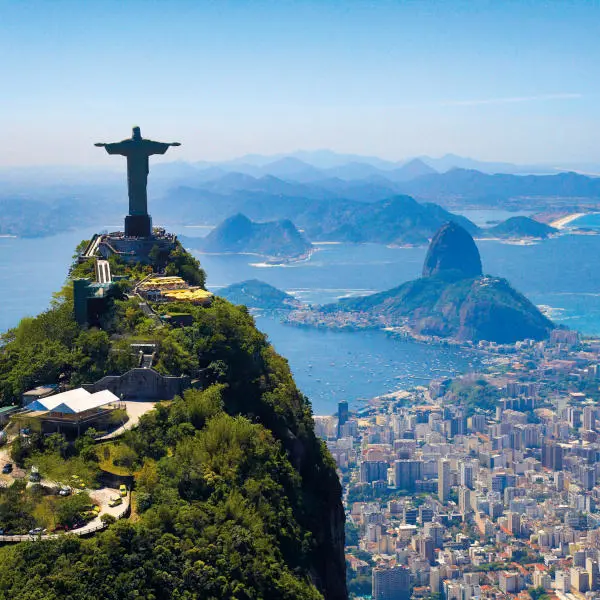
Soak up the spectacular sights and sounds of four Latin American countries - Peru, Bolivia, Argentina and Brazil - on a tour that's strictly for the adventurous.
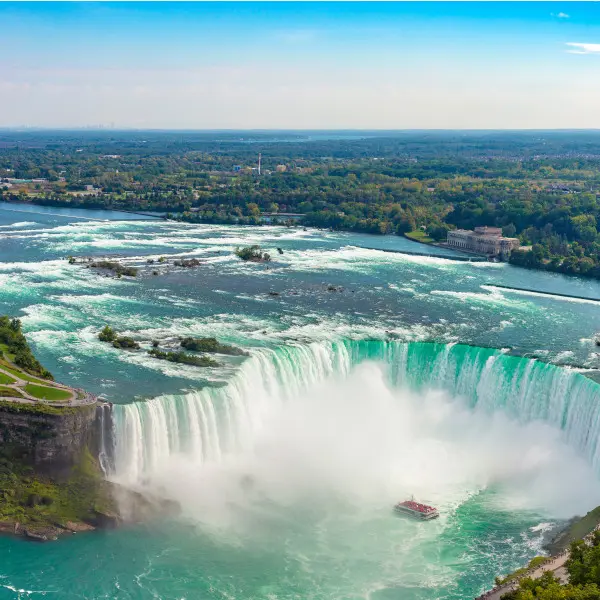
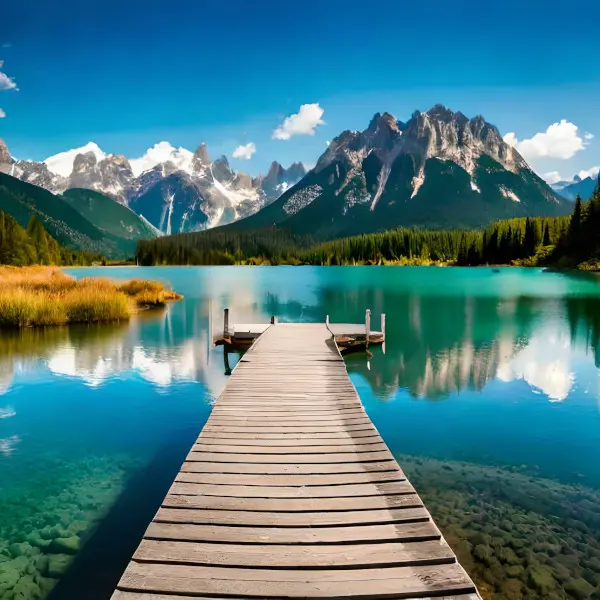

From east to west, this ultimate trip across Canada takes in all the must-see highlights and includes a breathtaking journey on the Rocky Mountaineer train.



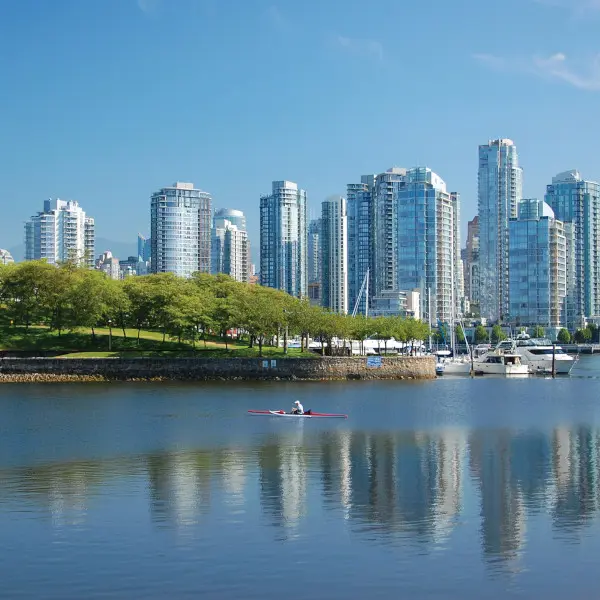


Journey from East to West taking in the best of Canada, plus a ride on the iconic Rocky Mountaineer train topped of with a relaxing stay in Vancouver.

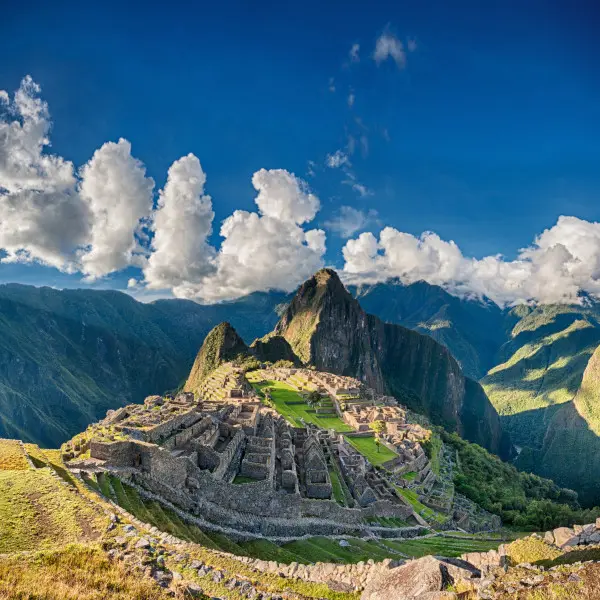

Soak up the spectacular sights and sounds of four Latin American countries - Peru, Bolivia, Argentina and Brazil - on a tour that's strictly for the adventurous. Enjoy extended time in the fascinating city of Rio de Janeiro at the end of your holiday.
All historical images (photos, artwork, maps) ©RGS-IBG